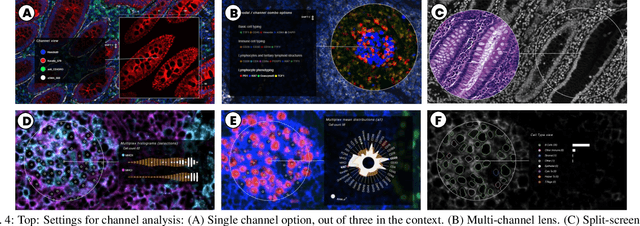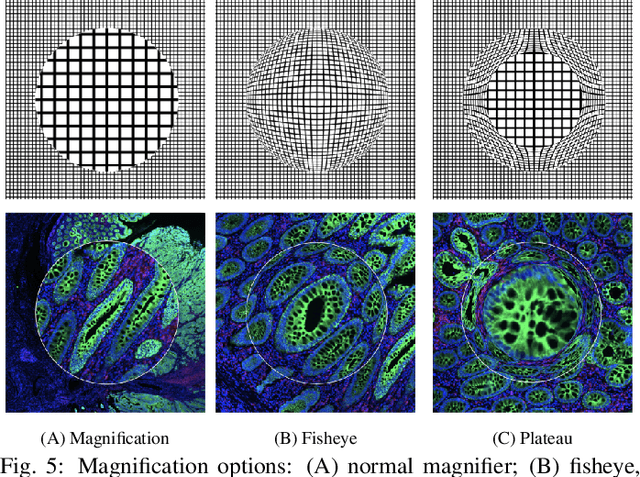Robert Krueger
Robert Krueger and Jared Jessup contributed equally to this work, School of Engineering and Applied Sciences, Harvard University, Laboratory of Systems Pharmacology, Harvard Medical School
GenNI: Human-AI Collaboration for Data-Backed Text Generation
Oct 19, 2021



Abstract:Table2Text systems generate textual output based on structured data utilizing machine learning. These systems are essential for fluent natural language interfaces in tools such as virtual assistants; however, left to generate freely these ML systems often produce misleading or unexpected outputs. GenNI (Generation Negotiation Interface) is an interactive visual system for high-level human-AI collaboration in producing descriptive text. The tool utilizes a deep learning model designed with explicit control states. These controls allow users to globally constrain model generations, without sacrificing the representation power of the deep learning models. The visual interface makes it possible for users to interact with AI systems following a Refine-Forecast paradigm to ensure that the generation system acts in a manner human users find suitable. We report multiple use cases on two experiments that improve over uncontrolled generation approaches, while at the same time providing fine-grained control. A demo and source code are available at https://genni.vizhub.ai .
Scope2Screen: Focus+Context Techniques for Pathology Tumor Assessment in Multivariate Image Data
Oct 10, 2021



Abstract:Inspection of tissues using a light microscope is the primary method of diagnosing many diseases, notably cancer. Highly multiplexed tissue imaging builds on this foundation, enabling the collection of up to 60 channels of molecular information plus cell and tissue morphology using antibody staining. This provides unique insight into disease biology and promises to help with the design of patient-specific therapies. However, a substantial gap remains with respect to visualizing the resulting multivariate image data and effectively supporting pathology workflows in digital environments on screen. We, therefore, developed Scope2Screen, a scalable software system for focus+context exploration and annotation of whole-slide, high-plex, tissue images. Our approach scales to analyzing 100GB images of 10^9 or more pixels per channel, containing millions of cells. A multidisciplinary team of visualization experts, microscopists, and pathologists identified key image exploration and annotation tasks involving finding, magnifying, quantifying, and organizing ROIs in an intuitive and cohesive manner. Building on a scope2screen metaphor, we present interactive lensing techniques that operate at single-cell and tissue levels. Lenses are equipped with task-specific functionality and descriptive statistics, making it possible to analyze image features, cell types, and spatial arrangements (neighborhoods) across image channels and scales. A fast sliding-window search guides users to regions similar to those under the lens; these regions can be analyzed and considered either separately or as part of a larger image collection. A novel snapshot method enables linked lens configurations and image statistics to be saved, restored, and shared. We validate our designs with domain experts and apply Scope2Screen in two case studies involving lung and colorectal cancers to discover cancer-relevant image features.
 Add to Chrome
Add to Chrome Add to Firefox
Add to Firefox Add to Edge
Add to Edge